Which Laptop Is Best Touch Or Non Touch
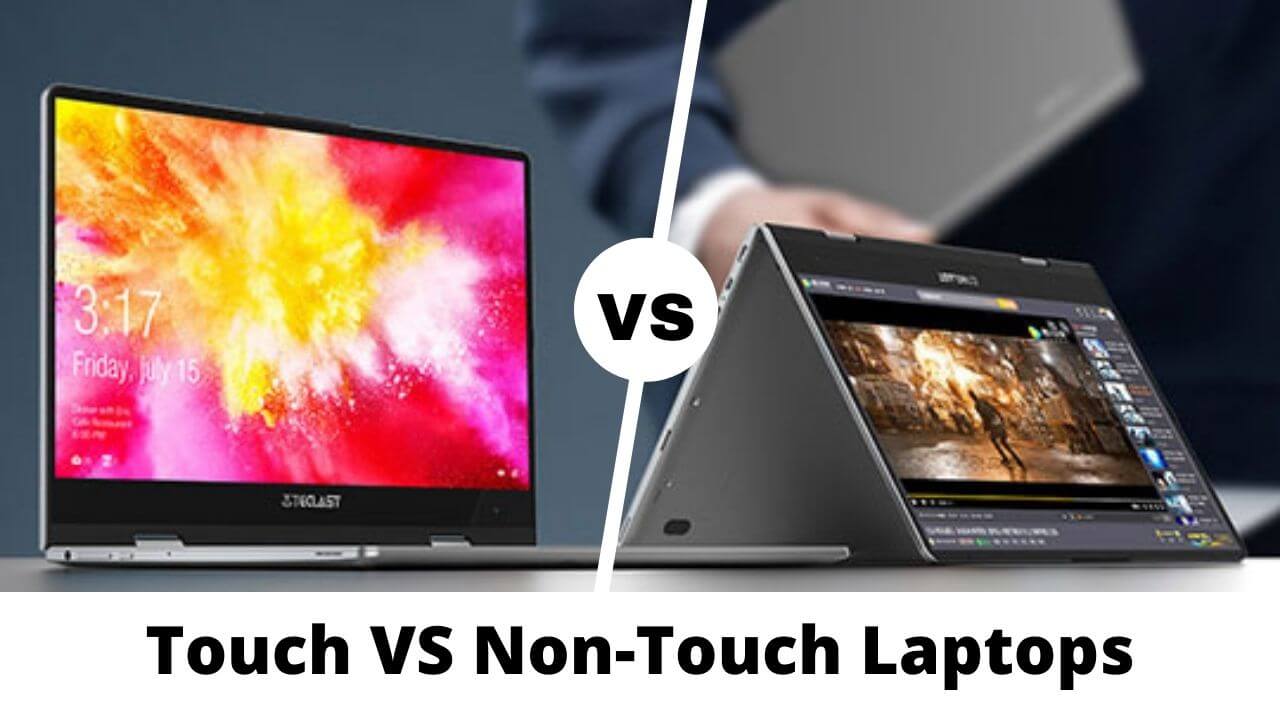
For value-conscious shoppers navigating the laptop market, a key decision looms: touchscreen or non-touchscreen? This isn't just about bells and whistles; it impacts price, performance, and overall usability.
This guide cuts through the marketing jargon, providing an analytical look at the pros and cons to help you make an informed choice.
Why Touchscreen vs. Non-Touchscreen Matters
The laptop you choose is an investment. Understanding the differences between touchscreen and non-touchscreen models ensures you get the best value for your needs.
Consider battery life, display quality, and software compatibility before making a decision.
Shortlist: Tailored Recommendations
Budget-Friendly Pick:
Lenovo IdeaPad Flex 5 (14"): A solid 2-in-1 with a responsive touchscreen at an accessible price.
Mid-Range All-Rounder:
HP Spectre x360 (14"): Balancing performance, premium features, and a stunning touchscreen display.
Performance Powerhouse:
Dell XPS 15 (Non-Touch): Prioritizing raw processing power and a dedicated graphics card, ideal for demanding tasks.
Detailed Reviews
Lenovo IdeaPad Flex 5 (14")
The IdeaPad Flex 5 is a great starting point for those curious about touchscreens. Its price point makes it a low-risk entry.
The touchscreen is responsive enough for basic tasks, and the 2-in-1 design adds versatility. However, don't expect top-tier performance.
"For students or casual users, the IdeaPad Flex 5 provides a solid touchscreen experience without breaking the bank."
HP Spectre x360 (14")
The Spectre x360 elevates the touchscreen experience with a premium build and powerful internals. This model is known for its sleek design.
Its vibrant display and responsive touch make it ideal for creative tasks and everyday use. Battery life is also impressive.
"The HP Spectre x360 is a beautiful and capable 2-in-1 that excels in both performance and design."
Dell XPS 15 (Non-Touch)
The Dell XPS 15 is a powerhouse designed for performance, opting for a traditional non-touch display. It focuses on maximizing processing and graphics power.
Professionals and gamers will appreciate the raw power and stunning display, even without touch functionality. Battery life may suffer under heavy load.
"If performance is your priority, the Dell XPS 15 delivers exceptional power without sacrificing display quality."
Side-by-Side Specs and Performance
| Laptop | Screen Type | Processor | RAM | Storage | Graphics | Battery Life (Avg) | Price (Approx) | Performance Score (Out of 10) |
|---|---|---|---|---|---|---|---|---|
| Lenovo IdeaPad Flex 5 (14") | Touchscreen | AMD Ryzen 5 5500U | 8GB | 256GB SSD | AMD Radeon Graphics | 8 hours | $600 | 7 |
| HP Spectre x360 (14") | Touchscreen | Intel Core i7-1165G7 | 16GB | 512GB SSD | Intel Iris Xe Graphics | 10 hours | $1200 | 9 |
| Dell XPS 15 (Non-Touch) | Non-Touch | Intel Core i7-11800H | 16GB | 512GB SSD | NVIDIA GeForce RTX 3050 | 6 hours | $1800 | 9.5 |
Practical Considerations
Beyond specs, consider how you'll actually use the laptop. Do you plan to use it for design work, presentations, or primarily for typing and browsing?
Touchscreens excel in creative fields and for quick navigation. Non-touch screens are often preferred for tasks requiring precision, like coding or writing.
Think about the software you use. Some applications are optimized for touch, while others are clunkier to navigate without a mouse or trackpad.
Battery Life
Touchscreens can drain battery faster than non-touch displays. Extra power is needed to run the touchscreen feature.
If you prioritize battery life, especially when on the go, a non-touch model may be a better choice.
Durability
Touchscreen laptops typically have a layer of glass over the display. This can make them more susceptible to scratches and cracks if not handled carefully.
Consider investing in a screen protector to mitigate this risk.
Price
Touchscreen laptops generally come with a higher price tag. This is due to the added technology and manufacturing costs.
If budget is a primary concern, opting for a non-touch model can free up funds for other upgrades, like more RAM or a faster processor.
Summary
Choosing between a touchscreen and non-touchscreen laptop depends on your individual needs and priorities. Touchscreens offer added versatility and intuitive interaction.
However, they can impact battery life and price. Non-touch models often prioritize performance and affordability.
Carefully weigh the pros and cons, considering your budget, usage patterns, and software preferences.
Make Your Decision
Ready to upgrade your laptop? Explore the models mentioned above and compare their features to your specific needs.
Visit trusted online retailers or your local electronics store to experience the difference firsthand.
Frequently Asked Questions (FAQ)
Q: Will a touchscreen laptop replace my tablet?
A: Potentially. A 2-in-1 touchscreen laptop can offer tablet-like functionality, but it may be bulkier than a dedicated tablet.
Q: Is a touchscreen necessary for Windows 11?
A: No, Windows 11 is designed to work seamlessly with both touch and non-touch devices. However, some features are enhanced with touch input.
Q: Are touchscreen laptops good for gaming?
A: Not typically. Gaming is best done with a traditional keyboard and mouse setup. Plus, gaming laptops often prioritize performance over touch functionality.
Q: Can I disable the touchscreen on a 2-in-1 laptop?
A: Yes, you can disable the touchscreen through the device manager settings in Windows. This can help conserve battery life when touch input is not needed.
Q: Do touchscreen laptops come with a stylus?
A: Some do, but not all. Check the product specifications to see if a stylus is included or if it can be purchased separately.
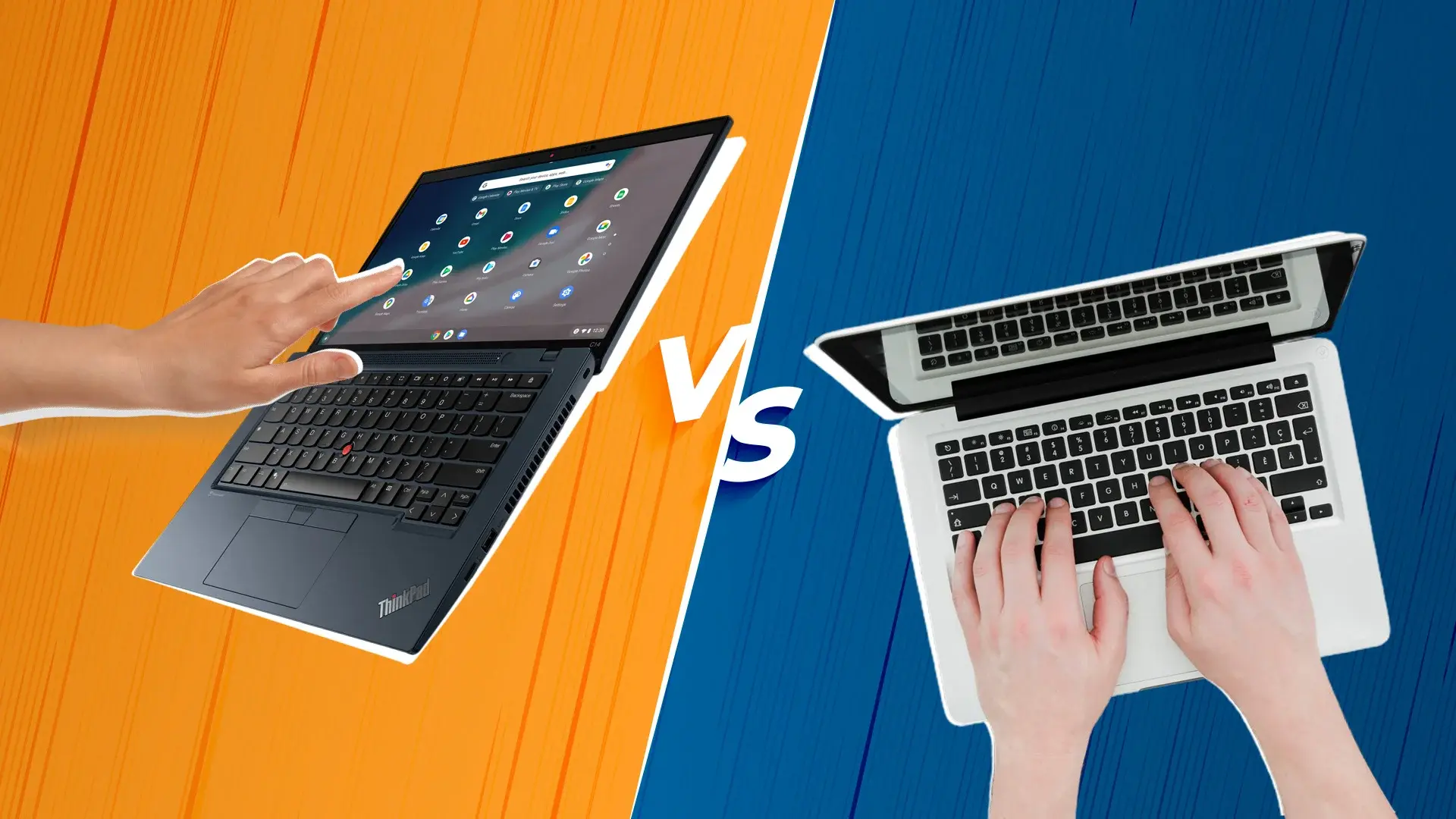





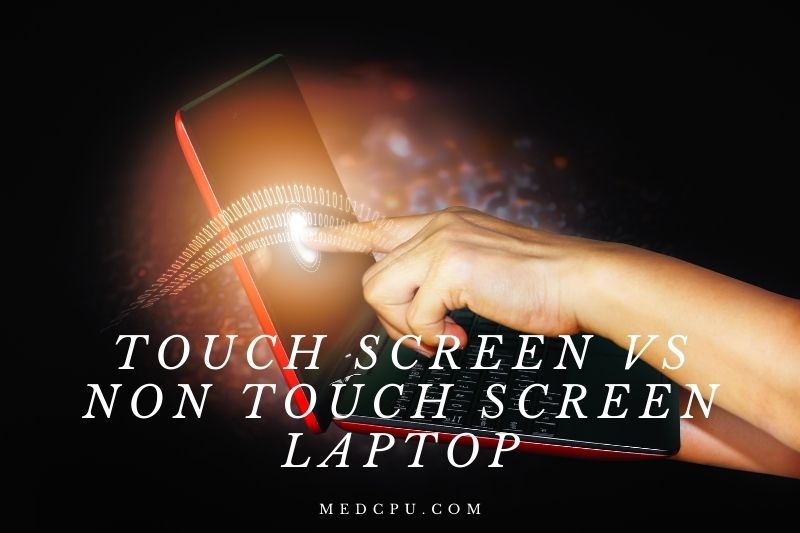

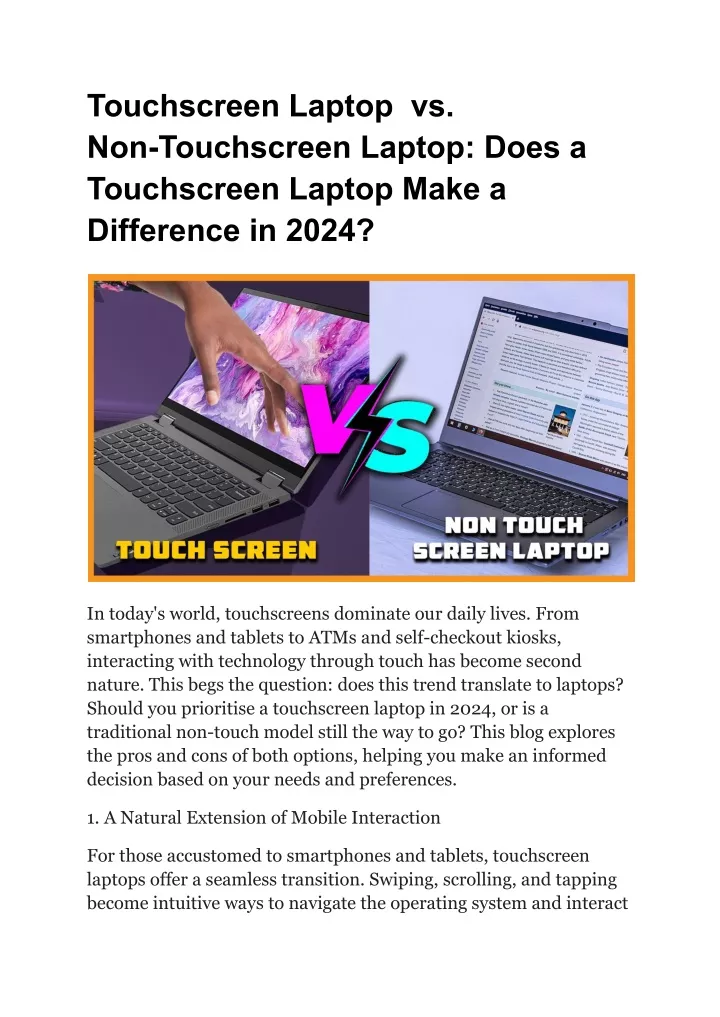
![Which Laptop Is Best Touch Or Non Touch 9 Best Non Touch Screen Laptops [Buyers Guide] 2025](https://mediapeanut.com/wp-content/uploads/How-to-choose-to-best-non-touch-screen-laptops-1024x536.png.webp)






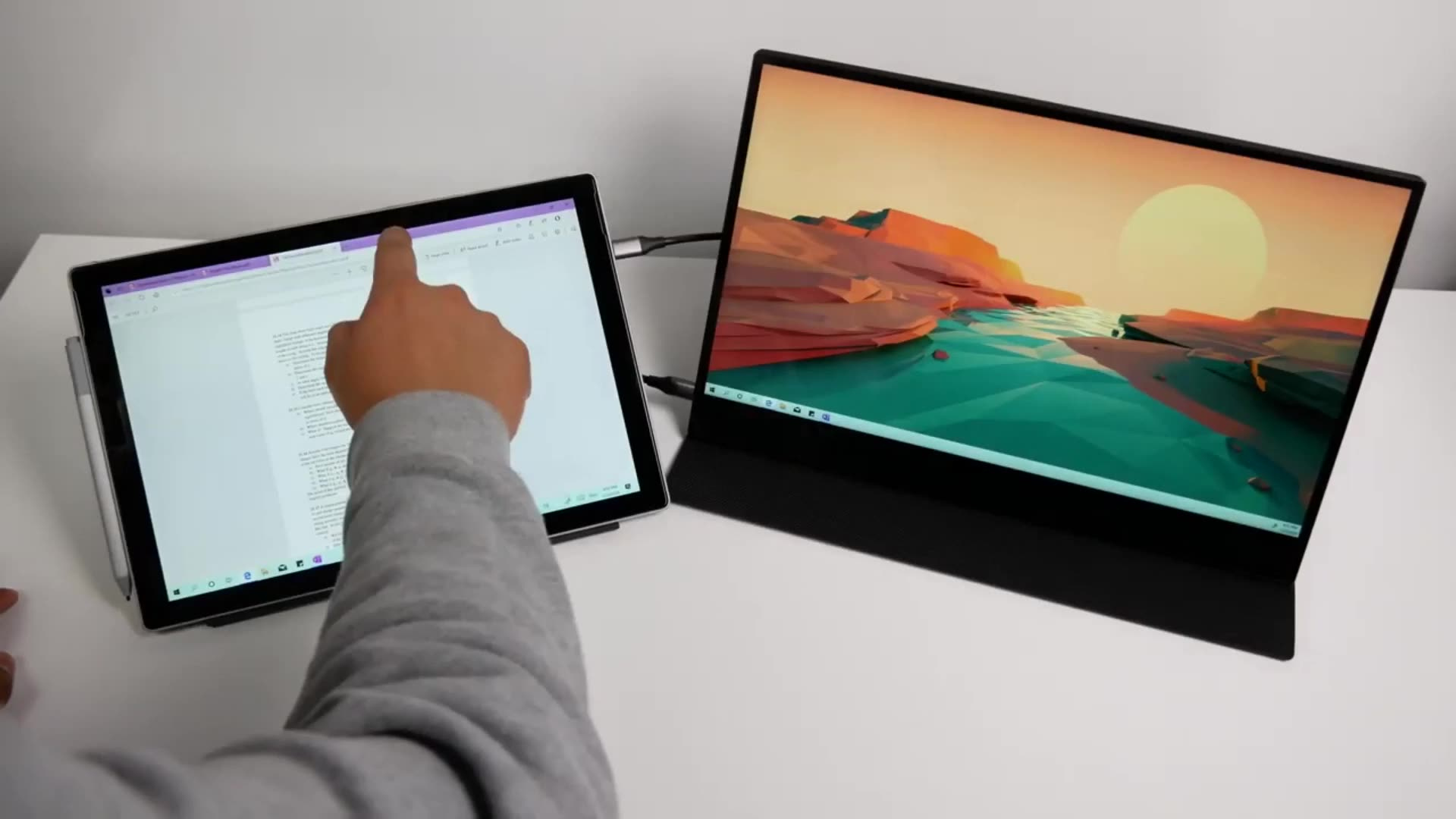
![Which Laptop Is Best Touch Or Non Touch 9 Best Non Touch Screen Laptops [Buyers Guide] 2025](https://mediapeanut.com/wp-content/uploads/MSI-Leopard_-Fastest-non-touch-screen-laptop.png)
